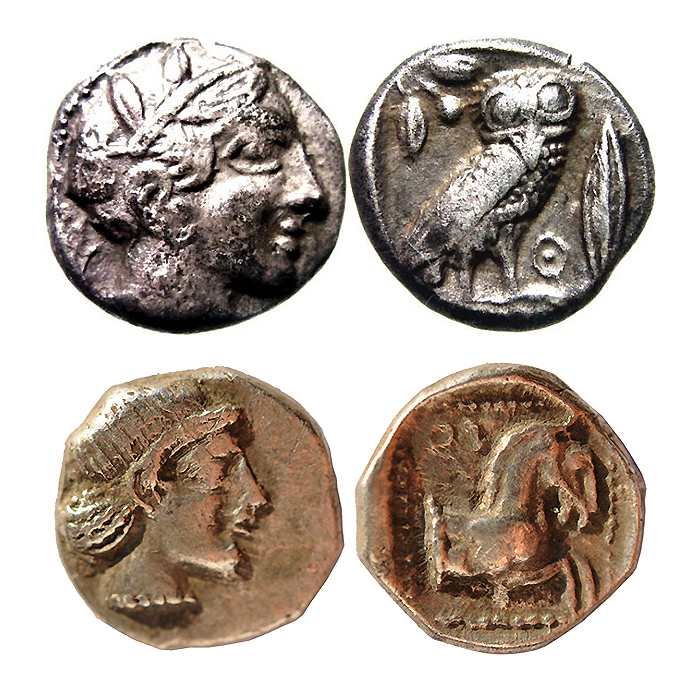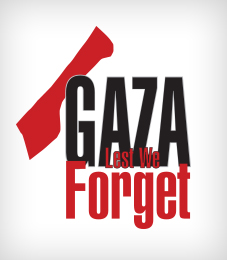332 BC: Alexander the Great besieged and attacked Persian-occupied Gaza for more than 100 days. Alexander entered Gaza with an injured leg and was so infuriated that he obliterated the whole city, including its seaport.
1917: The British Army, led by Edmund Allenby, fought three ferocious battles with Gaza en route to Jerusalem. The people of Gaza, their cactus groves, and the Ottoman army won the first two battles, keeping the British away from Palestine. The only way the British won the third battle was with the help of traitors, and that was how Allenby occupied Jerusalem. Three battles during the first World War. What we’re witnessing today are three separate wars, each with its own martyrs, losses, victories, and countless memories. (All can be referenced for you by the youngest child in Gaza.).
Before, during, and after these two particular incidents, Gaza was a city desired by many conquerors who coveted control of the Levant or Egypt. Given its geographical position, it served as a gate to the Levant after the Egyptian desert, and vice versa. Ruled by the Egyptians, Philistines, Romans, Byzantines, and Crusaders, visited by Emperor Hadrian (who was so fond of Gaza that he introduced wrestling, boxing, and oratorical competitions in Gaza’s stadium, known from Alexandria to Damascus), and Napoleon. Throughout its turbulent history, Gaza, and its people, survived. Evidence? We are still here today.
Three years from today, in the year 2017, we will be commemorating the centennial of the Balfour Declaration, the spark that ignited our modern-day misery. The year 2017 is the centennial of World War I, for which Gaza was a hot spot. From then on, a trail of countless wars and massacres followed Palestinians wherever they went.
The foundations of the city of Gaza – built on soft Mediterranean sand, on a beautiful coastline adorned with citrus, olive, fig, and palm trees, and many grapevines – have probably been indifferent since the earliest signs of life in Gaza. How have the people changed, though? It’s hard to tell with such little data available, but it’s safe to say that the countless wars that Gaza has survived have implanted a special ability inside of us. How else – besides the fact that we basically have no other choice – have we endured the three most recent wars?
Endurance and resilience are not the only historical elements present in today’s situation in Gaza. These factors were able to survive and stay with us. However, three other historical elements are present in today’s situation, but only in our collective memory.
Anthedon, the ancient seaport of Gaza, was built in the 5th century BC, and its current location extends from the northern end of Al Shate’ Refugee Camp to the nearby Bader site. Anthedon was the main link between the Arabian Peninsula and the Ancient World – namely Turkey, Greece, Italy, and the Carthaginian Empire. Around the Anthedon seaport, the city of Anthedon emerged, with its own coins, temples, and even army. The literal Arabic translation of the word Anthedon is City of Liliums, which still grow on the beach of Gaza to this day.
East of Gaza City, right where Shuja’iyya is located, the first international airport in Palestine was built, during the 1930s. Many airlines used the Gaza Airport, including British Airways and EgyptAir. Destroyed in 1948, rebuilt in 2000, and destroyed once more in 2001, Gaza’s airport is no longer.
Thus, an airport and a seaport are not new to Gaza. Aside from the fact that they are unquestionable rights for Palestinians, given basic human rights and previous agreements, Gaza was historically used to being a hub for trade and travellers alike. It is only natural, in the seemingly predictable cycle of our history, that we get both facilities back.
Last but not least, ever since the early days of antiquity (5th century BC), Gaza used to mint its very own coins. Back then, when Gaza was the capital of the Philistines, we had our own Philisto-Arab coins, which were made and used in Gaza. From then until Byzantine times, Gaza continued to mint its own exclusive coins. An economically successful and independent Gaza is not new to history.
Shuja’iyya is one of the most important neighbourhoods in Gaza. One of the oldest districts in Gaza City, it was inhabited by the majority of Gaza’s families before and after 1948, and has served as a commercial centre for major businesses and industries. Shuja’iyya was obliterated by a military earthquake, just like Khuza’a – one of the most beautifully green areas in the Gaza Strip – and Beit Hanoun.
The fate of this war remains unclear. Is it over or is it put on hold? Are we awaiting more death and destruction? Are any of our demands going to be granted? We know none of that. But there’s one thing we know for sure. People who have lost their houses, businesses, factories, and farms are already planning the rebuilding process (albeit the very scarce materials in Gaza). If there’s one other thing that history has taught us: our enemies, of whatever background, will continue to kill and destroy, but Gaza and its people, constant through history, will always survive and continue to rebuild. It’s no wonder that the phoenix is the symbol of Gaza City.
» Jawdat El-Khoudary is a Palestinian businessman and the chairman of Saqqa & Khoudary Construction Company.



